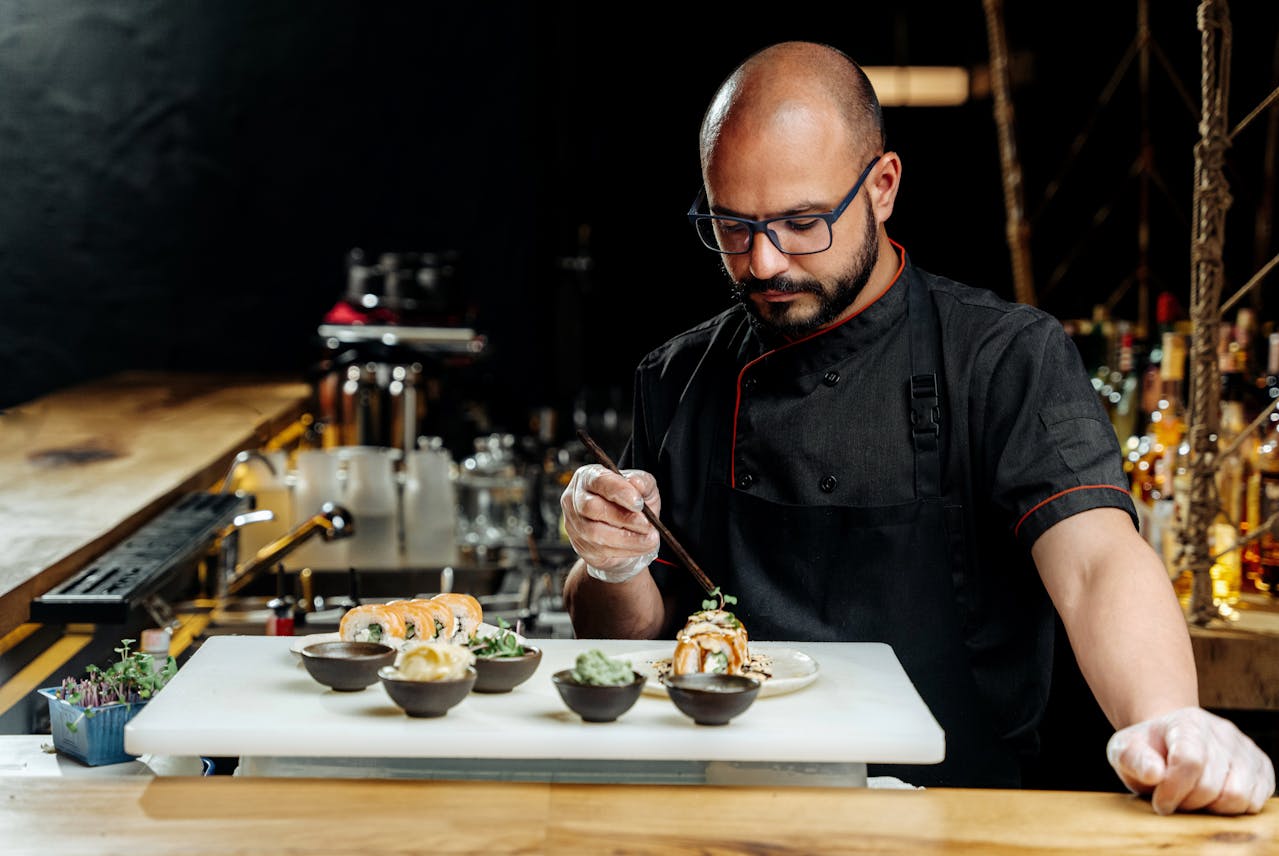In the realm of fine dining, it is inevitable to face customer complaints no matter how excellent your food and service may be. The way your team handles these situations can make or break your restaurant’s reputation. Therefore, having a strong, proactive strategy is vital. This article will guide you through several strategies to help your restaurant effectively manage customer complaints, ensuring excellent customer service and a memorable dining experience.
Responding promptly and professionally
When a guest raises a complaint, the first thing you should do is respond promptly. A quick response demonstrates that you value their feedback and are committed to rectifying the situation. However, speed alone won’t suffice – the manner of your response is equally crucial.
This might interest you : How can you leverage social media to promote a new restaurant opening?
Train your team to handle complaints with grace and professionalism. They must understand that their role is not to defend your restaurant but to sympathize with the guest and help them feel heard. On receiving a complaint, your server should first apologize for the inconvenience, even if the problem may not be directly their fault. This shows the guest that you are prioritizing their comfort and experience over your restaurant’s image.
Active Listening and Empathy
Listening is an art, especially in the context of customer service. When a guest brings a complaint to your attention, they want to be heard and understood. Therefore, active listening is critical in these situations.
In parallel : What are the best practices for rotating beer taps in a craft beer bar?
Encourage your employees to devote their undivided attention to the customer, displaying open body language to show that they are fully engaged in the conversation. It’s essential to allow the guest to express their feelings without interruption because interrupting or rushing them might exacerbate their dissatisfaction.
Empathy is another key aspect in handling complaints. It is about recognizing the guest’s feelings and conveying your understanding. Your employees should acknowledge the customer’s frustration and show genuine concern for their experience. This approach will help the customer feel valued and appreciated.
Problem-solving and offering solutions
Once you’ve listened and empathized with the guest’s concerns, it’s time to offer solutions. The way you approach this step will reflect your restaurant’s commitment to customer satisfaction.
The server should propose a suitable solution to the problem. This could be replacing the dish if the complaint is about the food, or offering a complimentary item if the service was disappointing. If the problem is more complex, it might require a manager’s intervention. In either case, it’s crucial to involve the guest in the decision-making process and ensure they’re satisfied with the proposed solution.
Following Up on Customer Complaints
The way you handle a complaint doesn’t end with offering a solution. Following up on the complaint can be just as impactful on the guest’s overall experience.
After resolving the issue, the server or manager should check back with the guest to ensure they’re satisfied with the solution and their dining experience has improved. Even after the guest leaves, consider reaching out to them to thank them for their feedback and assure them of your commitment to improving their experience the next time around.
Encouraging and Utilizing Feedback
Feedback, even in the form of complaints, is a valuable tool to improve your services. Therefore, encouraging feedback should be a part of your restaurant’s culture.
Encourage your guests to share their experiences and thoughts about their dining experience. This can be done through feedback forms, online reviews, or simply by asking them about their experience at the end of their meal.
Moreover, utilize this feedback to identify patterns of recurring problems and implement changes to improve. This not only helps in enhancing your service but also shows your commitment to your guests’ satisfaction, which is bound to reflect positively on your business reputation.
Remember, the way you handle customer complaints can greatly affect your restaurant’s image and customer loyalty. It’s not about the complaint itself, but how you manage it. It’s an opportunity to turn a negative situation into a positive experience, demonstrating your commitment to customer satisfaction and fine dining excellence.
Leveraging Social Media to Address Customer Complaints
In the digital age, social media platforms have become a prominent space for customers to share their dining experiences, both positive and negative. As a restaurant owner, you must embrace these platforms as an extension of your customer service strategy.
Given the public nature of social media, a complaint shared on these platforms can have a significant impact on your restaurant’s image. Therefore, it’s crucial to monitor your restaurant’s online presence regularly. Tools like Hootsuite and Google Alerts can help you keep track of what people are saying about your restaurant in real time.
When handling a complaint received through social media, the same rules apply – respond promptly and professionally, listen actively, show empathy, and offer a satisfactory solution. It’s essential to remember that your response will be visible to all, so this is your chance to demonstrate your excellent customer service skills to a wider audience.
However, avoid getting into debates or discussions on these platforms. If a customer complaint begins to escalate, take the conversation to a private message or suggest they contact you directly through email or phone. This approach will help you handle the situation more efficiently while maintaining the integrity of your restaurant’s online image.
Nurturing a Culture of Excellent Customer Service
Building a culture of excellent customer service is crucial in fine dining. This culture should permeate every aspect of your restaurant operations, from the food and beverage service to how you handle customer complaints.
Start by providing your staff with regular training to enhance their customer service skills. This could include sessions on active listening, empathy, problem-solving, and even social media etiquette. When your staff understands the importance of good customer service and is equipped with the tools to deliver it, handling customer complaints becomes much easier.
Encourage your staff to anticipate guests’ needs and go the extra mile to enhance their dining experience. Little gestures like remembering a guest’s favorite dish or offering a complimentary dessert on a special occasion can go a long way in building customer satisfaction and loyalty.
Remember, everyone in your team, from the chefs to the servers, plays a crucial role in shaping the customer experience. Therefore, fostering a culture of teamwork and mutual respect is equally important. A happy and motivated team can deliver a great customer experience.
Conclusion
Navigating the maze of customer complaints in a fine dining setting can be challenging. However, by adopting a proactive approach and viewing each complaint as an opportunity to improve, restaurant owners can turn these challenges into strengths.
To handle customer complaints effectively, remember the importance of prompt and professional responses, active listening, empathy, problem-solving, and follow-ups. Leverage social media platforms to extend your customer service and nurture a culture of excellent customer service within your team.
Prioritize your customers and their dining experience above all else. Turn their feedback into actionable steps to improve your services. This commitment to customer satisfaction will not only help you manage customer complaints effectively but will also propel your restaurant towards success in the competitive world of fine dining.






